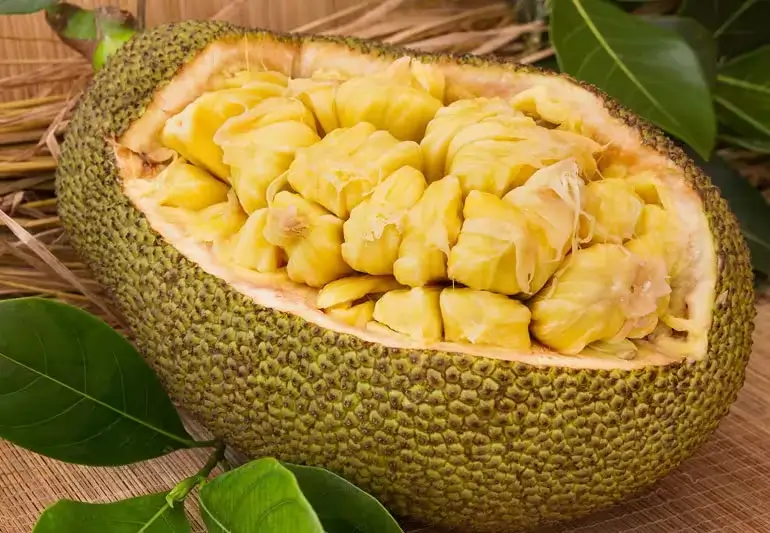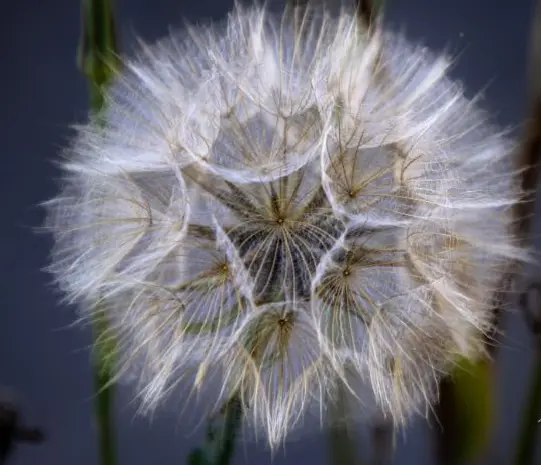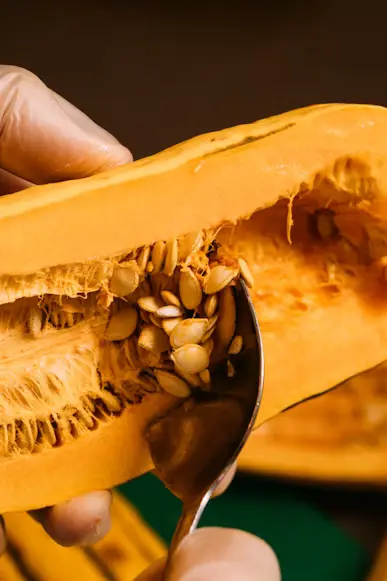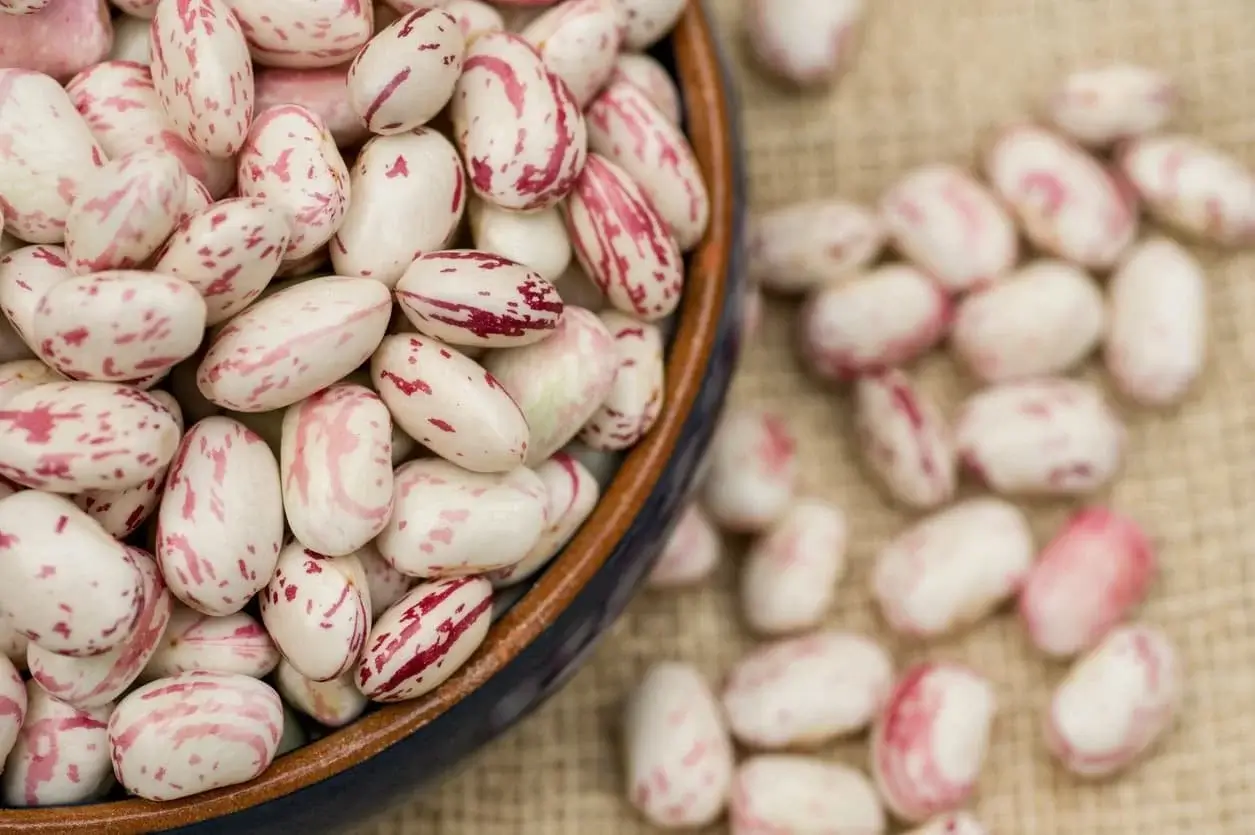
Soil Health & Fertilization
We unite suppliers and green industry professionals worldwide
Jackfruit is a tropical behemoth with a sweetheart flavor. It gives us food, seeds, wood and shade.
By Victor Miller
|Published on September 24, 2025


The most amazing and unique quality of jackfruit is its size; it is one of the largest fruits in the entire world, and it has a unique texture too. It belongs to the mulberry family and is native to South and Southeast Asia. One jackfruit can be between 10 and 100 pounds, so it really is a giant in the plant world. The exterior skin sports a green, prickly coat, but the interior is dense with dainty yellow bulbs that surround the enormous seeds.
Jackfruit is consumed as a fruit and as a vegetable at both ripe and unripe stages. Its young, unripe fruit is used as a vegetable meat and cooked in savoury dishes. The ripe fruit is sweet-scented and sweetish and is commonly eaten for dessert and snacks. Health benefits aside, jackfruit is already popular worldwide, especially among people seeking healthier, plant-based alternatives to meat, thanks to its ability to transition from a fruit-like texture when ripe to a meat-like texture when unripe.
| Scientific name | Artocarpus heterophyllus. Jackfruit is classified as a member of the Moraceae family, a member of the mulberry and breadfruit family. |
| Tree size | Jackfruit trees can grow up to 80 feet tall and produce a wide, spreading canopy that provides shade and support for the large fruits. |
| Leaf characteristics | Leaves are very big, glossy, dark green, and crowded to create a shady canopy that hides the fruits, so as to make the tree grow in the tropical sun. |
| Fruit growth | Fruit normally hangs off the trunk and primary branches, a feature not common for fruits, and can weigh from 10 to over 100 pounds each. |
| Flowers | Tiny clustered flowers grow on the tree, and they fruit into large prickly fruit after several months. |

September 25, 2025
9 minute read
September 24, 2025
9 minute read
September 23, 2025
10 minute read
September 22, 2025
9 minute read


Join as a seller and connect with thousands of B2B buyers nationwide!
Sign Up

Dandelion Mammoth
The Dandelion Mammoth is the larger and stronger version of the common dandelion. It is liked by gardeners, herbalists, and farmers. The plant is loved by people because of its size and useful qualities. It is a perennial herb that would do well in most c

Dandelion
The dandelion, this cheerful yellow-flowered common wild plant, adorns hundreds of landscapes. It grows in lawns, fields, meadows, and even cracks of sidewalks; for it is extremely adaptable towards where it can grow.

Delicata Squash
Delicata squash is a favorite winter squash variety widely beloved for its delicate, rich flavor and thin-skinned properties. This squash will give a rich,creamy-like texture and its bright skin with stripes makes it very desirable for many culinary uses.

Bean Cranberry Red
Bean Cranberry Red is a colorful and tasty type of bean that brings beauty to the garden and flavor to the table.
Jackfruit has been grown for thousands of years in India, Bangladesh, and Sri Lanka. It can go back a long way as a go-to food for many communities. Families rely on it both for fresh meals and for preserved or long-lasting foods. The fruit is significant to the local culture and festivals.
The jackfruit is also important in Sri Lankan cuisine and culture. This is incorporated into religious rituals and special meals. Seeds can be roasted or boiled as a snack. The tree provides shade and wood for houses and tools, highlighting its usefulness beyond just food.
Jackfruit is unique among most tropical fruits for its size, structure, and uses.Inside, it has a large edible portion protected by a spiky outer skin. One of the few tangy fruits that can function as both sweet treats and salty meat substitutes. The seeds are healthy and delicious.
Jackfruit is called the “miracle fruit” because it can feed large populations. One tree can bear hundreds of fruits per year, feeding scores of families. Its underripe flesh is a popular vegan meat substitute, often used in things like tacos, sandwiches, and curry, and when properly ripened, the fruit itself is sweet and decadent as a dessert.
The tree has big shiny leaves and clusters of flowers. Fruit is huge in size and matures quickly in perfect weather. The sweet, fibrous sunflowers are yellowish inside. Seeds are of big size, baby skin smooth and nutritious.
Jackfruit grows well in most tropical and some sub-tropical regions. It craves warmth and sunlight and regular moisture. It requires a deep, fertile soil and a dry one. Trees are space hogs because mature trees can be big. Jackfruit trees are hardy and evergreen.
Seeds are oval to elliptic and dark in color. They are covered by a white jacket and germinate readily when fresh. The seeds are cream to brown and found in the fruit bulbs.
Seeds of jackfruit germinate better in temperatures between 68 and 86 °F. They will generally sprout in 3-8 weeks. Slightly cover with soil so they don’t dry out too much. Sow in the latter and stronger germination occurs if sown promptly after the crop.
Jackfruit seeds do not remain viable for more than two weeks.The sooner they are put out, the better. Good nuts make the best trees. Not all the seeds will sprout; just throw out any chaff, and they will not rally. Older and over-dry seeds will not sprout or will make sickly plants.
Vigor: Strong seeds produce healthy, long-living trees.
Learn How to Grow and Care for Jackfruit plant
The jackfruit tree is a perennial and can be propagated by seed or by grafting. Grafting produces fruit faster. Seeds are typically sown in nurseries in deep pots. The seedlings that are strong are simultaneously transplanted in the fields.
Young trees don’t like competing with others, so keep them up to 25 – 30 feet apart. They require full sun and regular water. Mulching helps retain moisture. Well done planting will mean better fruit development and less disease.
Root rot occurs in jackfruit trees under poorly draining soils. The fruit will rot or mildew in wet conditions. Good drainage, pruning and organic sprays work wonders in this situation. Healthy trees resist pests better.
Jackfruit trees begin producing fruit at the age of 3–8 years. Grafted trees produce fruit earlier. Fruits develop for 3–8 months before ripening. They are ripe when they are large, sweet-smelling and sound hollow when tapped.
A ripe jackfruit or one that’s been plucked is in the best state. It can be left at room temperature until fully ripe. And when sliced, the bulbs should be stored in the refrigerator and used within a few days. Seeds can be boiled, roasted, or frozen for later use.
Jackfruit is a tropical behemoth with a sweetheart flavor. It gives us food, seeds, wood and shade. It takes a bit of warmth, some space, and some tending, to cultivate. It is a useful plant for both families and farmers due to its high yields and nutritional qualities.
No, it requires warm tropical weather to grow.
Anywhere from 3 – 8 years, depending on whether it’s seed grown or grafted.
Yes, shredded unripe jackfruit is cooked in place of meat.
Some ripened fruit can be more than 100 pounds, and it’s also the biggest tree-borne fruit.

Soil Health & Fertilization
Victor Miller

Pest Identification & Prevention
Victor Miller

Lawn Care Tips & Maintenance
Victor Miller

Soil Health & Fertilization
Victor Miller

Smart Irrigation Systems
Victor Miller

Patios, Walkways & Driveways
Victor Miller

Soil Health & Fertilization
Victor Miller

Pest Identification & Prevention
Victor Miller
My Account
Our team is always here to help.
We are open Monday - Friday, 9:00 AM to 4:30 PM PST.